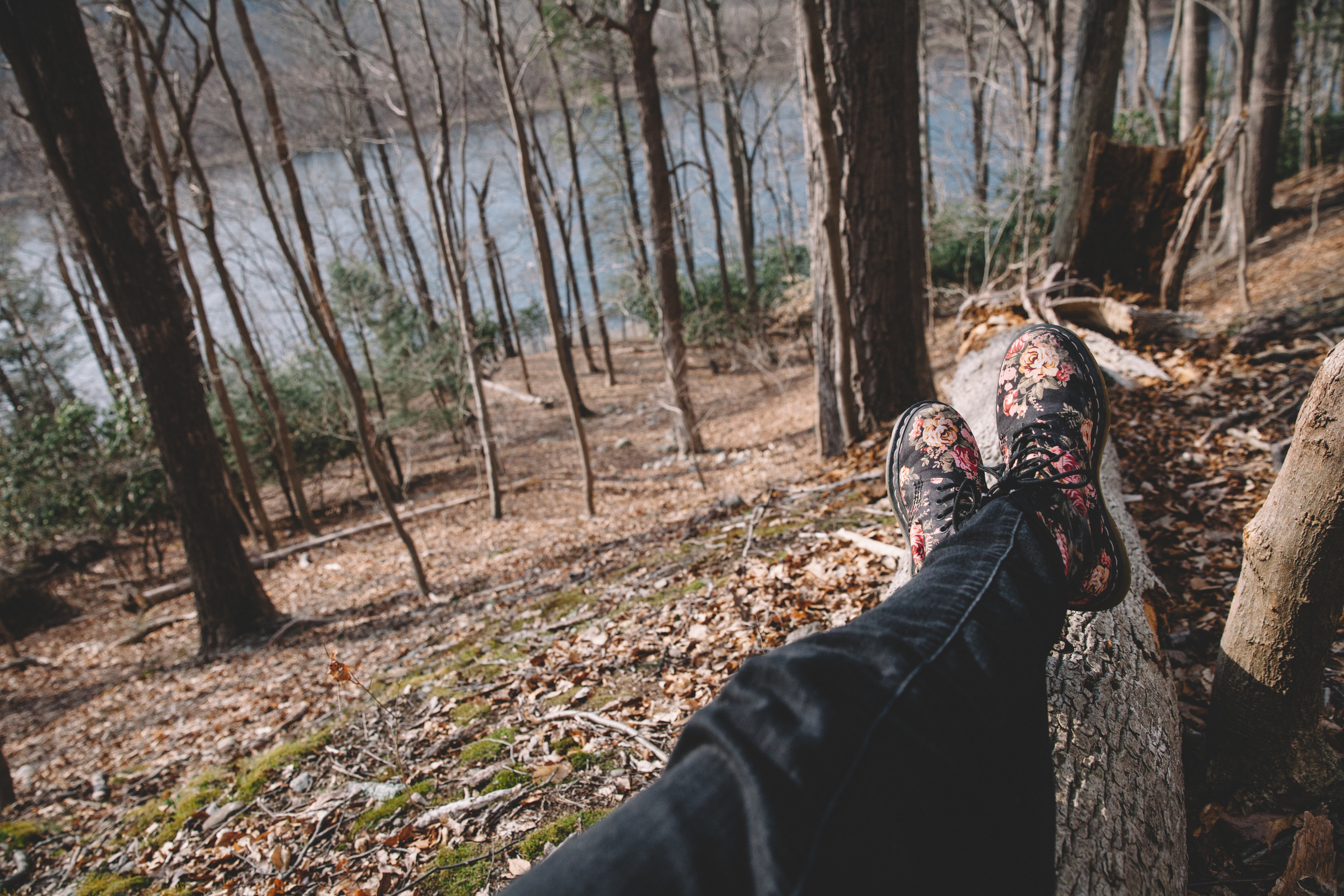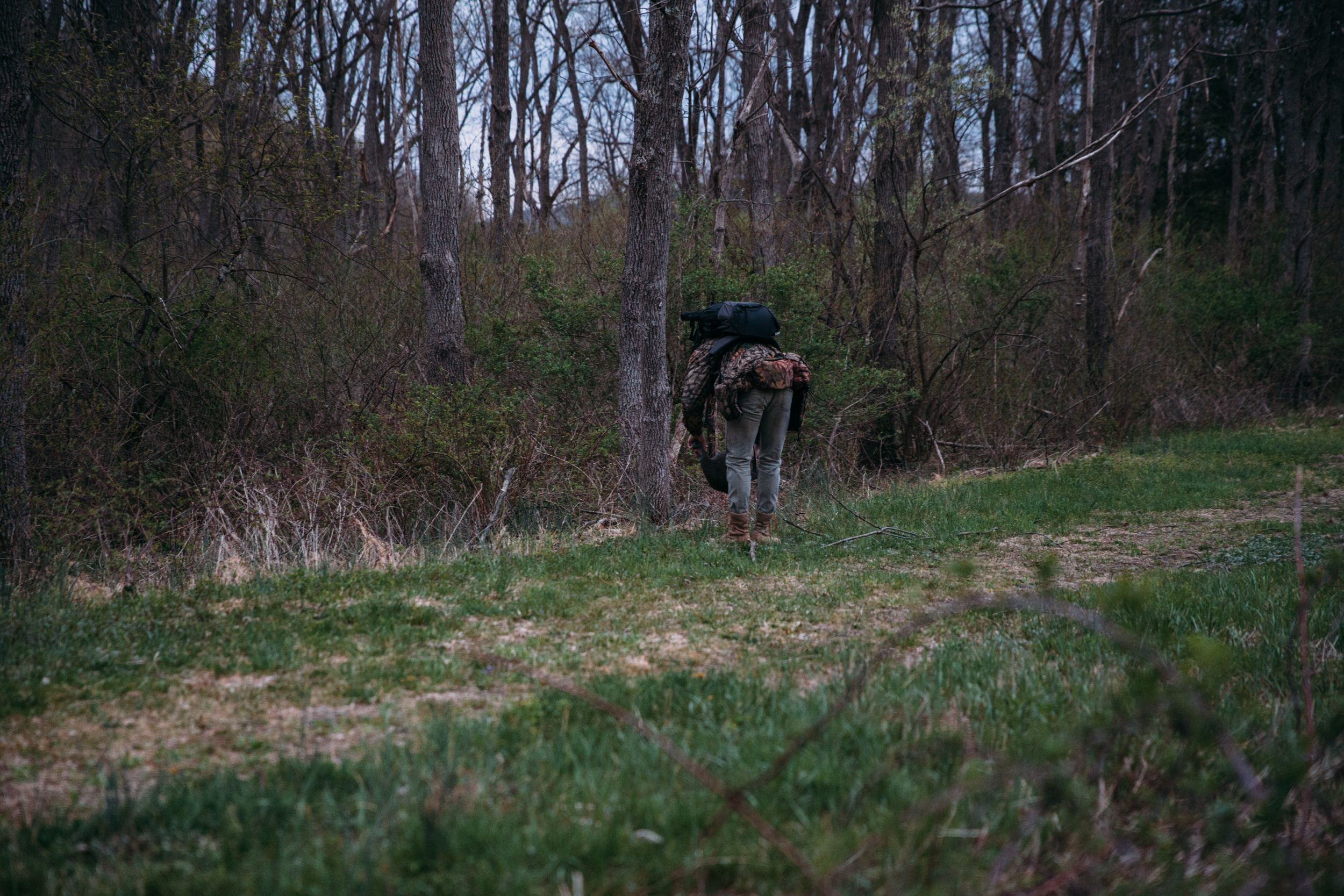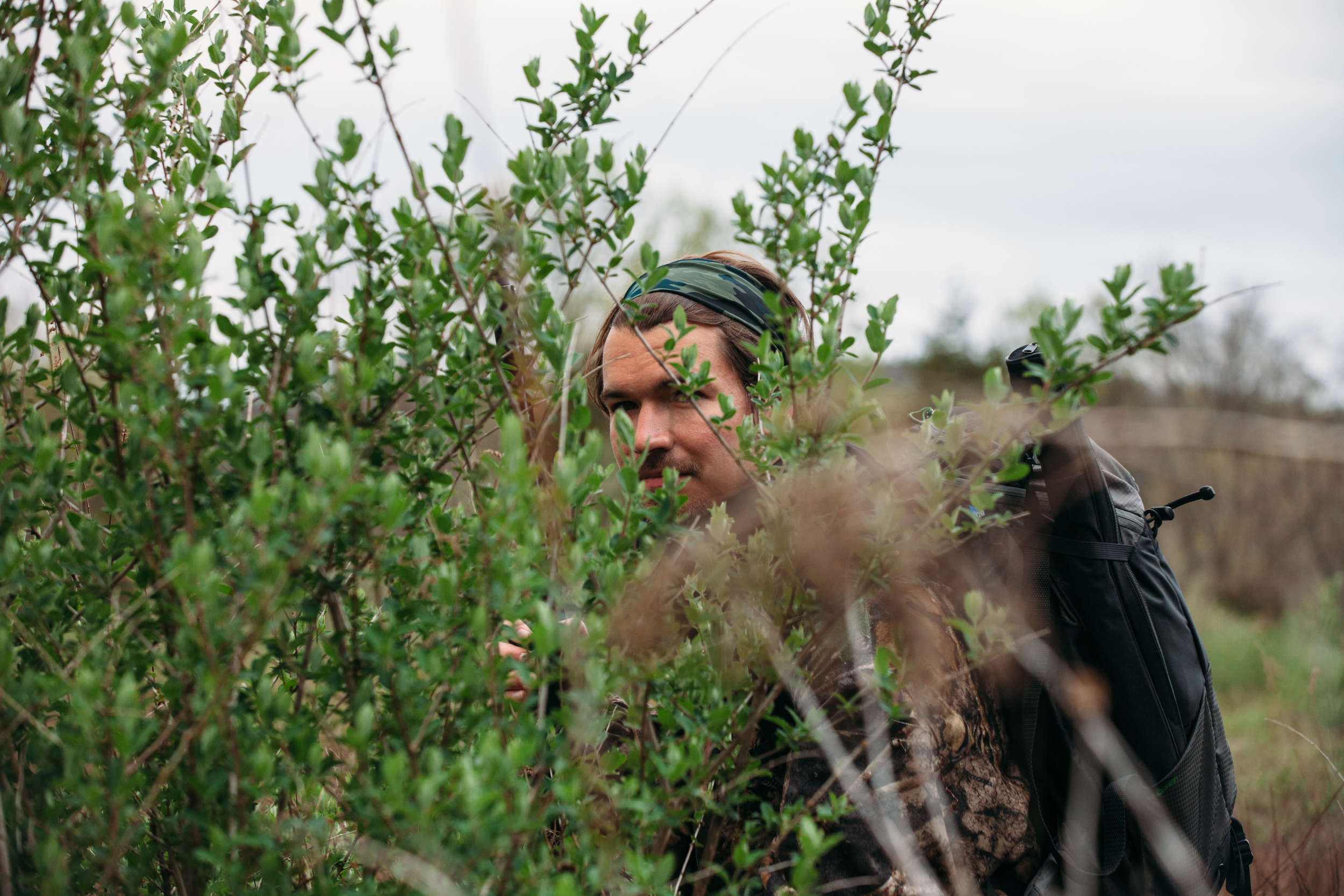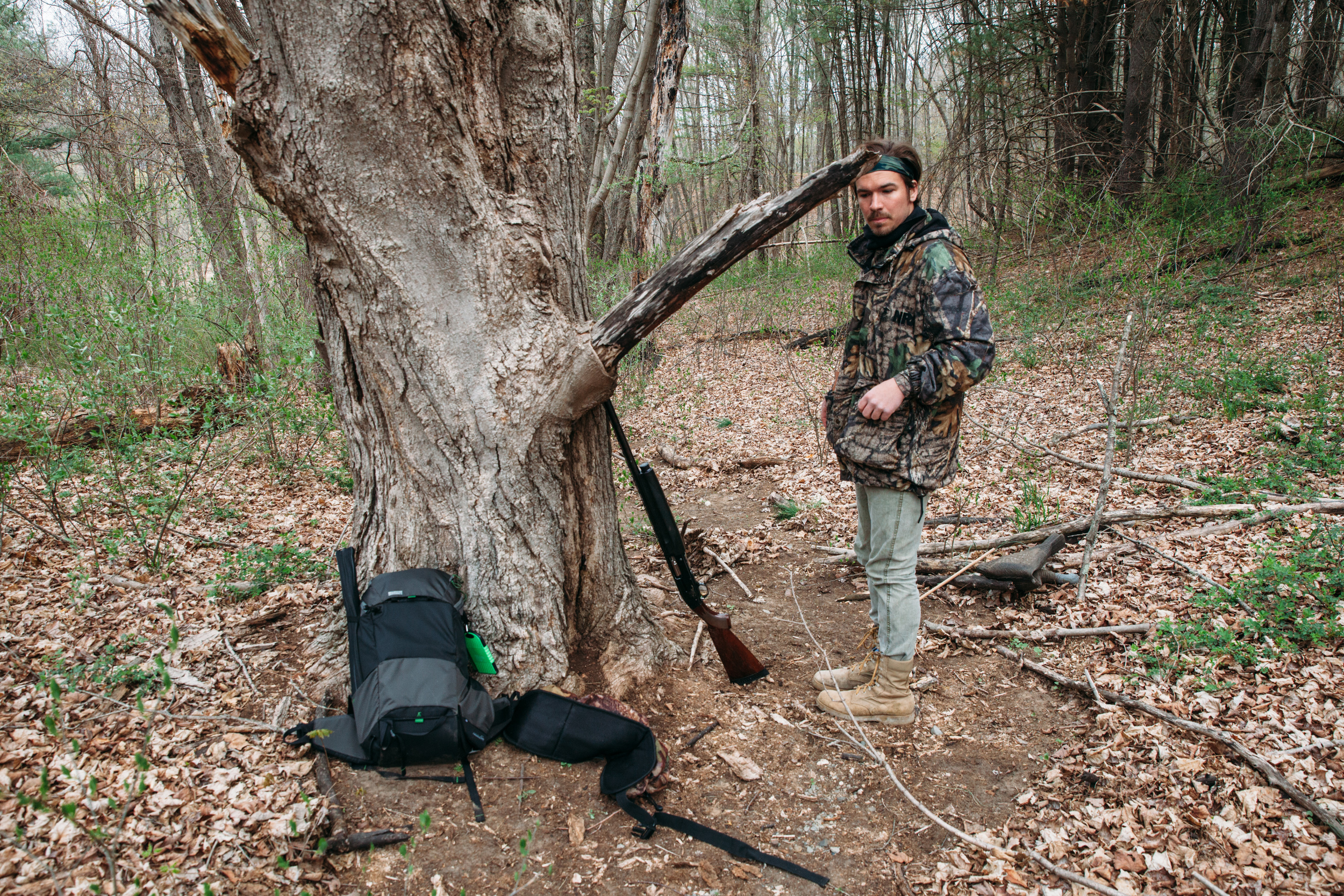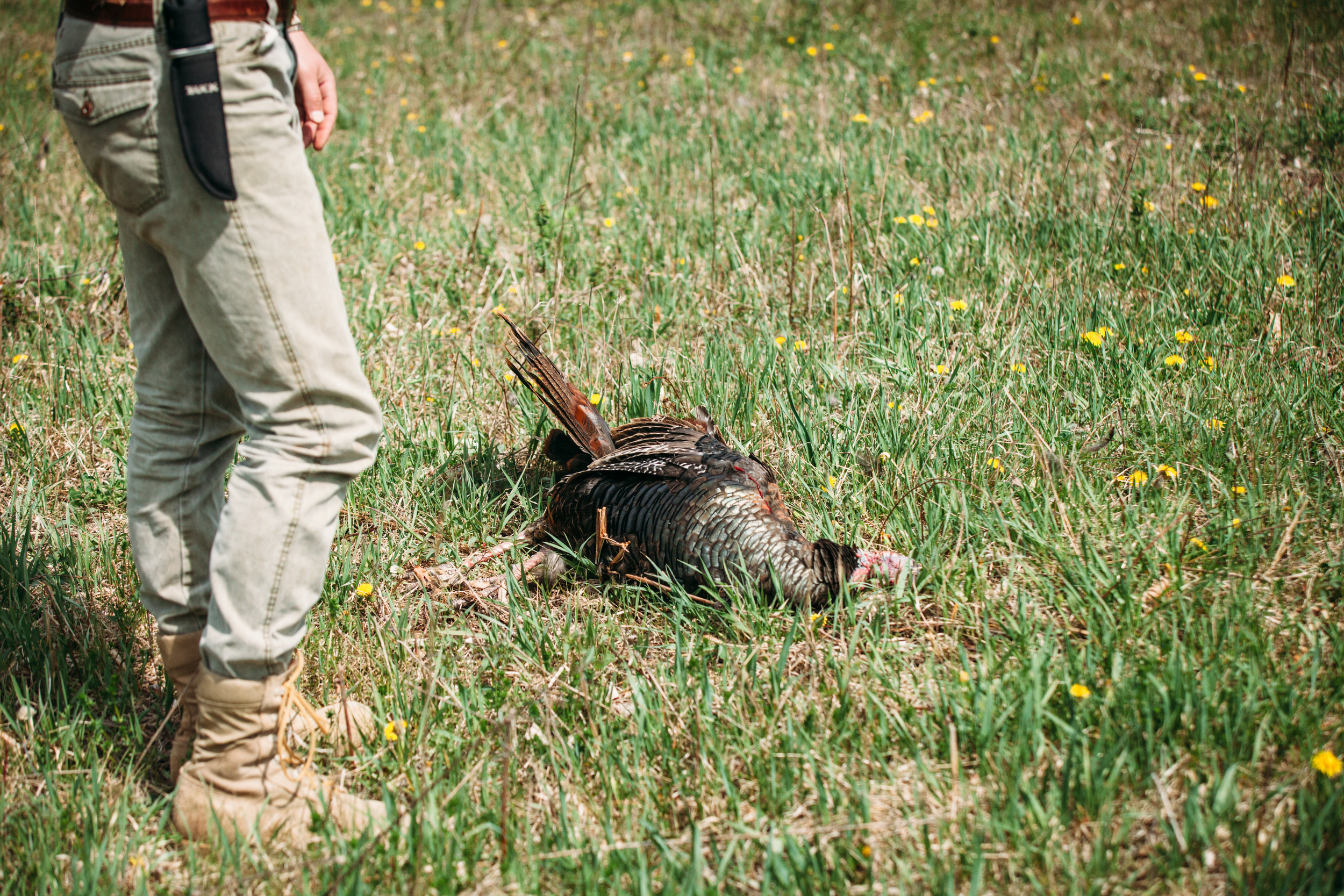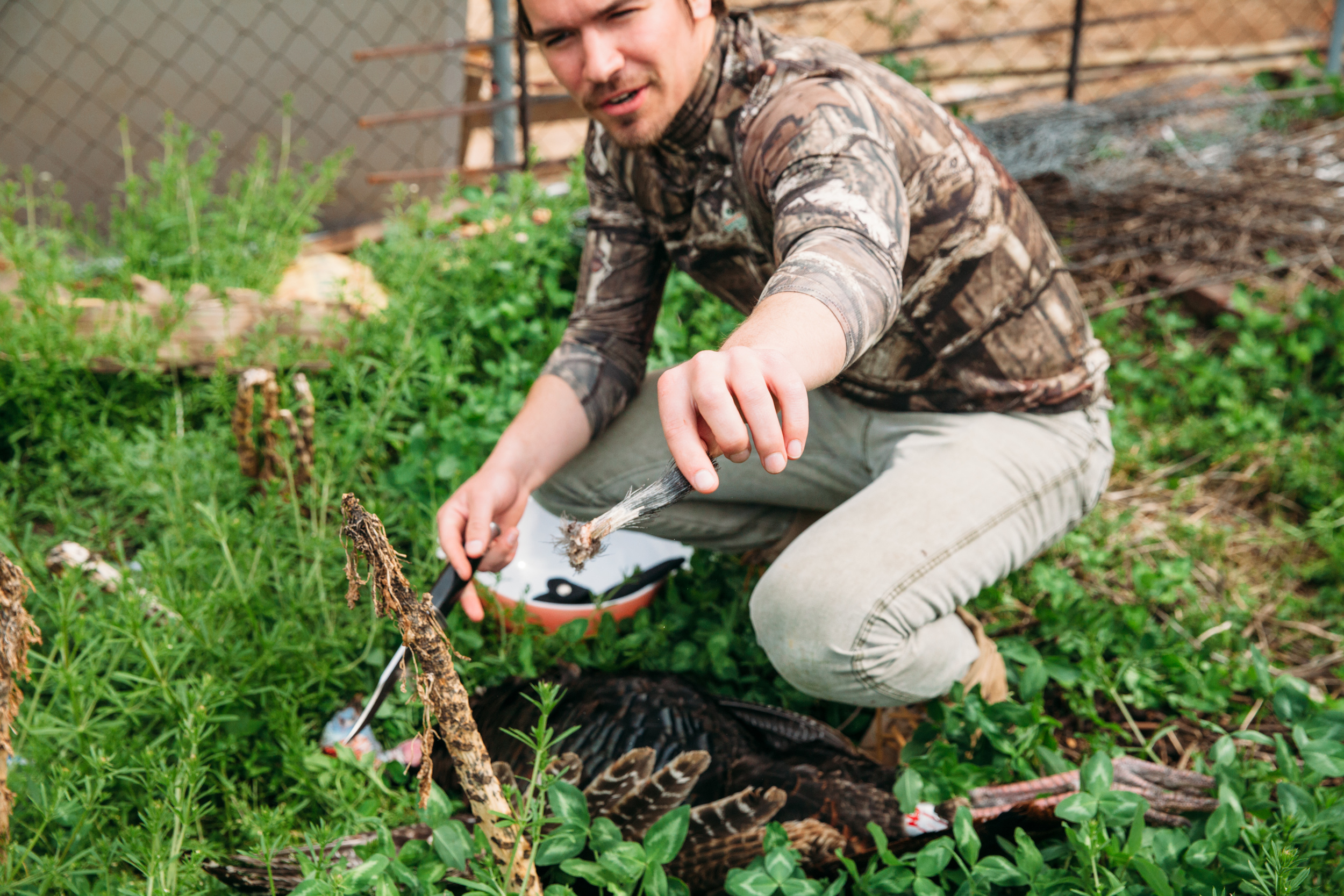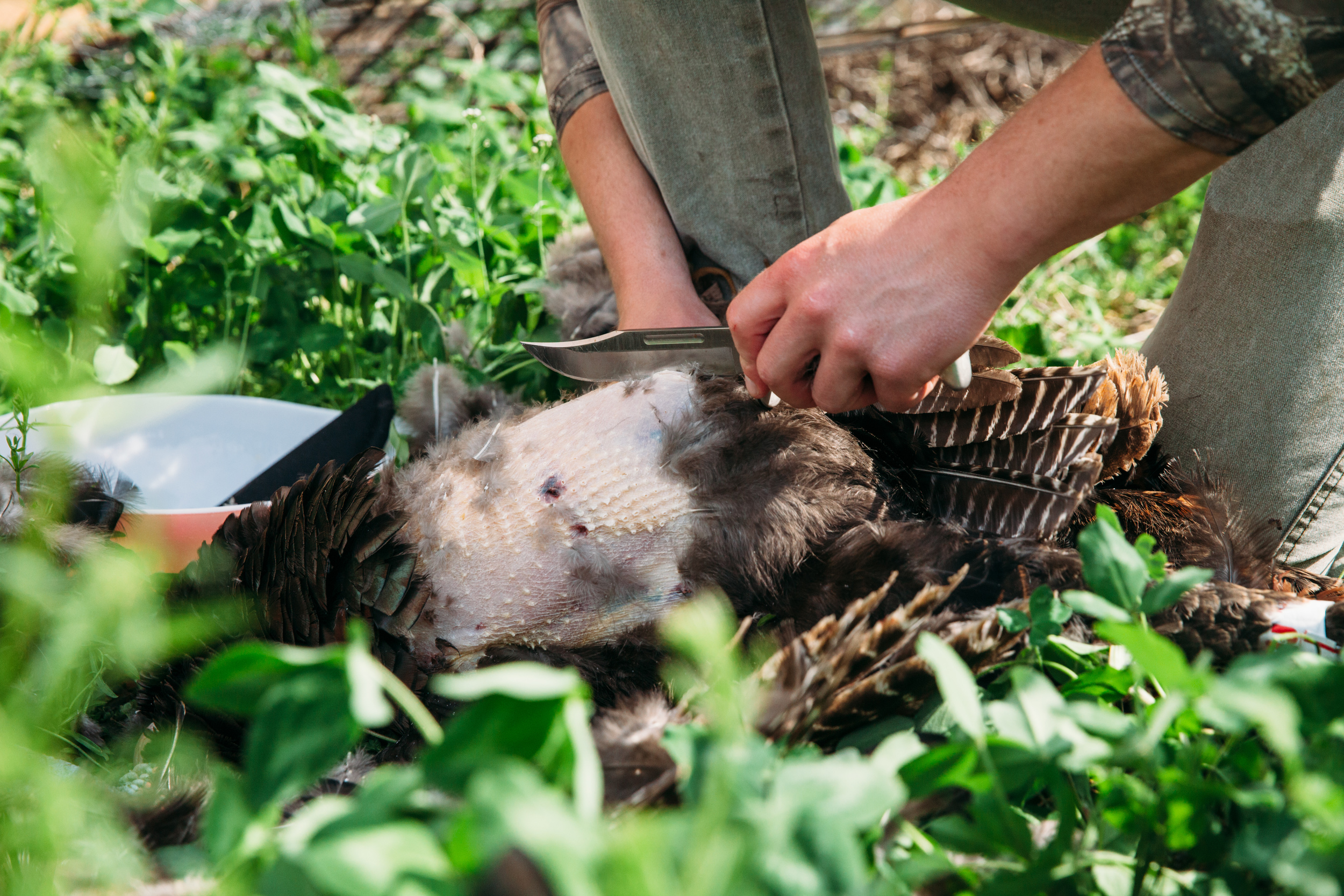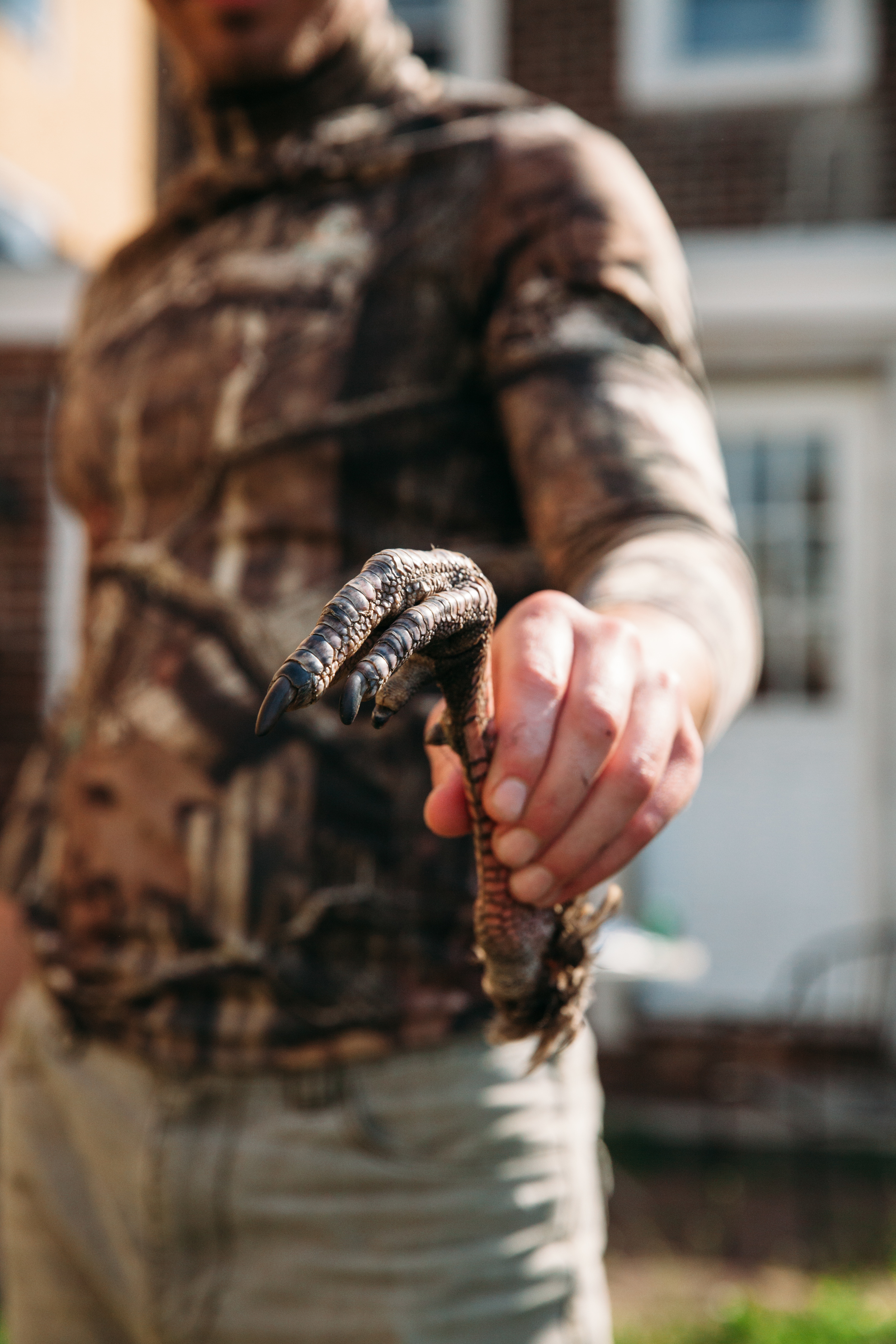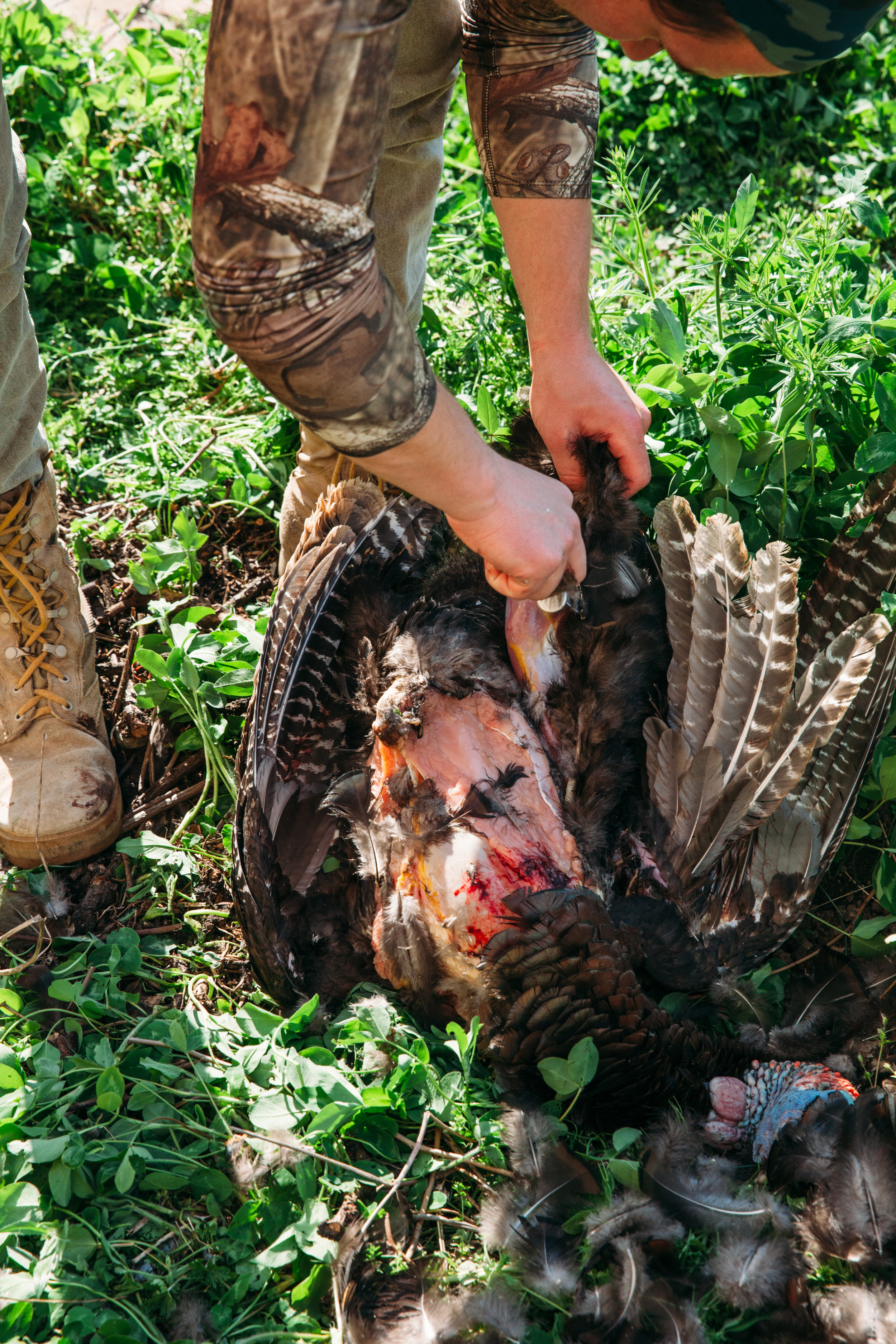On this section of our journey... touring the Trans-Allegheny Lunatic Asylum in Weston, West Virginia and while supporting the privately funded attempt to preserve one of the largest hand-cut stone buildings in the world. Then spelunking into a world created by slightly acidic water through soft limestone in Mammoth Cave National Park, Kentucky and tasting the effect of this combination at a few of the areas historic bourbon distilleries nearby in Bardstown, Kentucky. Lastly, testing the “hype” about the renovation of East Nashville, Tennessee.
Weston, WV
The first stop on the southern leg of our journey took us to Weston, West Virginia, touring the Trans-Allegheny Lunatic Asylum. The Asylum had been in use since the Civil War and it is one of the largest hand-cut stone buildings in the world, second only to the Kremlin. This being the case, we were astonished that such a historically and architecturally significant building could fall into such a state of disrepair.
Weston, like many of the small towns we passed through in the mountains of West Virginia, seems to have been left behind economically. As the towns deteriorate there is little monetary power to prevent it.
Scenes like these are repeated in almost every small town we passed through.
Local and state government doesn’t even seem to be in any position to stem the tide, but the Trans-Allegheny Lunatic Asylum’s fate has been saved privately, by Joe Jordan and his daughter Rebecca Jordan Gleason. Despite most of the grounds still being in a crumbling state of disarray, they’ve started giving tours to raise money for the renovation. Naturally we had to take a tour.
Louisville, KY
From Weston we headed west toward Louisville, which would serve as the starting point for our enjoyment of the byproducts of Kentucky’s large limestone deposit. The first byproduct being bourbon as the limestone filters spring water bubbling up from below. Kentuckians claim this pristine water is the base for the bourbon flavor profile.
Protecting the water supply at Heaven Hill.
Before hitting the bourbon trail we decided to go “glamping” for a night in a renovated vintage 1960’s camper.
You can rent this camper on Airbnb.
Bardstown, KY
If you do not have the time to cover the entire Bourbon Trail, Bardstown, KY is a great way to maximize your time with a multitude of distilleries nearby. We decided to visit Willett Distillery and Maker’s Mark sampling some of Kentucky’s finest.
A rickhouse at Heaven Hill.
Willett is a family owned and operated distillery and when visiting it definitely has a more personal feeling; we met members of the family during the tour of the grounds. However, despite its small-business feel, Willett is still a large-scale producer of bourbon and an official stop on the Bourbon Trail. We felt this combination made them a great business to support.
Rickhouses at Willet.
The photographs below follow the process of creating bourbon chronologically.
Tasting the mash during the fermentation process.
Signature limestone green water.
The copper pot still for distilling the mash.
Country hams hanging with the bourbon. They absorb some of the flavors that escape the barrels.
We decided on Maker’s Mark for distilling in its most beautiful form. The picturesque grounds and facilities made for ideal photo documenting of the distilling process. This place just oozes classiness. Plus, they make fantastic bourbon!
You can dip your own bottle at the end of the tour.
Both Willet and Maker's Mark end their tours with a tasting.
Mammoth Cave, KY
The other result of water running through Kentucky’s limestone is Mammoth Cave. Water of the Green River Valley has been working its way through the earth for ages, eventually creating the longest known cave system in the world.
The National Park service offers a multitude of cave tours, we decided on two evening tours since it’s the same amount of dark down there at all times and we wanted to use the daylight hours to explore the rest of the park. Important to note it’s also the same amount of cold down there, the temperature stays around 54°F year round, so you may want a jacket.
We started with a lantern tour which tries to capture the experience of cave exploring from about two hundred years ago. You pass an odd assortment of man-made structures ranging from an area used to produce gun powder to a tuberculosis hospital. Exploring the meandering, intertwined network of tunnels with limited light instills a sense of respect toward the early explorers of the cave and also provides plenty of references to the Mines of Moria.
Between trips below the surface we decided to hike along the cliffs of the Green River in hope of finding a few rattlesnakes. The layers of sediment that make up the cliff face provide little crevices for the snakes to hide in that seemed like perfect habitat, but our search was in vain. We did find a few other little critters.
A ferry across the Green River.
Rat snake
Flat-backed Millipede
Five-lined Skink
For our second subterranean adventure we chose the Focus on Frozen Niagara tour because it is catered to photographers. After a brief tour most of the time is dedicated to allowing photographers free range of the Frozen Niagara area of the cave system.
Cave cricket
East Nashville, TN
We surfaced from the damp cave into a rain-soaked Kentucky night and drove south to Nashville. We wanted to explore the urban renewal of East Nashville and see if it lived up to all the hype as the neighborhood of country music’s younger, hipper side.
The renovations concentrated around, but not limited to, Main Street, Woodland Street, and Gallatin Avenue are ambitious. It seems every available building is being renovated into a bar, restaurant, café, music venue, brewery or vintage clothing store regardless of the purpose it served before. We found East Nashville to be an easily walk-able neighborhood, great for aimlessly traveling from one establishment to the next.
The Basement- music venue/event space.
An assortment of vintage goods and clothing stores.
As mentioned before, the majority of the establishments we visited were along three main streets, so there is plenty of room for growth in East Nashville. With some of the most visited attractions having been created from buildings that once served other purposes, combined with the fact that we observed plenty of dilapidated buildings not far from the main-strip, we feel that it is a safe conclusion that the new East Nashville is just beginning.
Barista Parlor- an auto garage converted into a cafe.
Fat Bottom- a brewery with a bar.
Stay tuned for the next part of our excursion into the South!
























































































